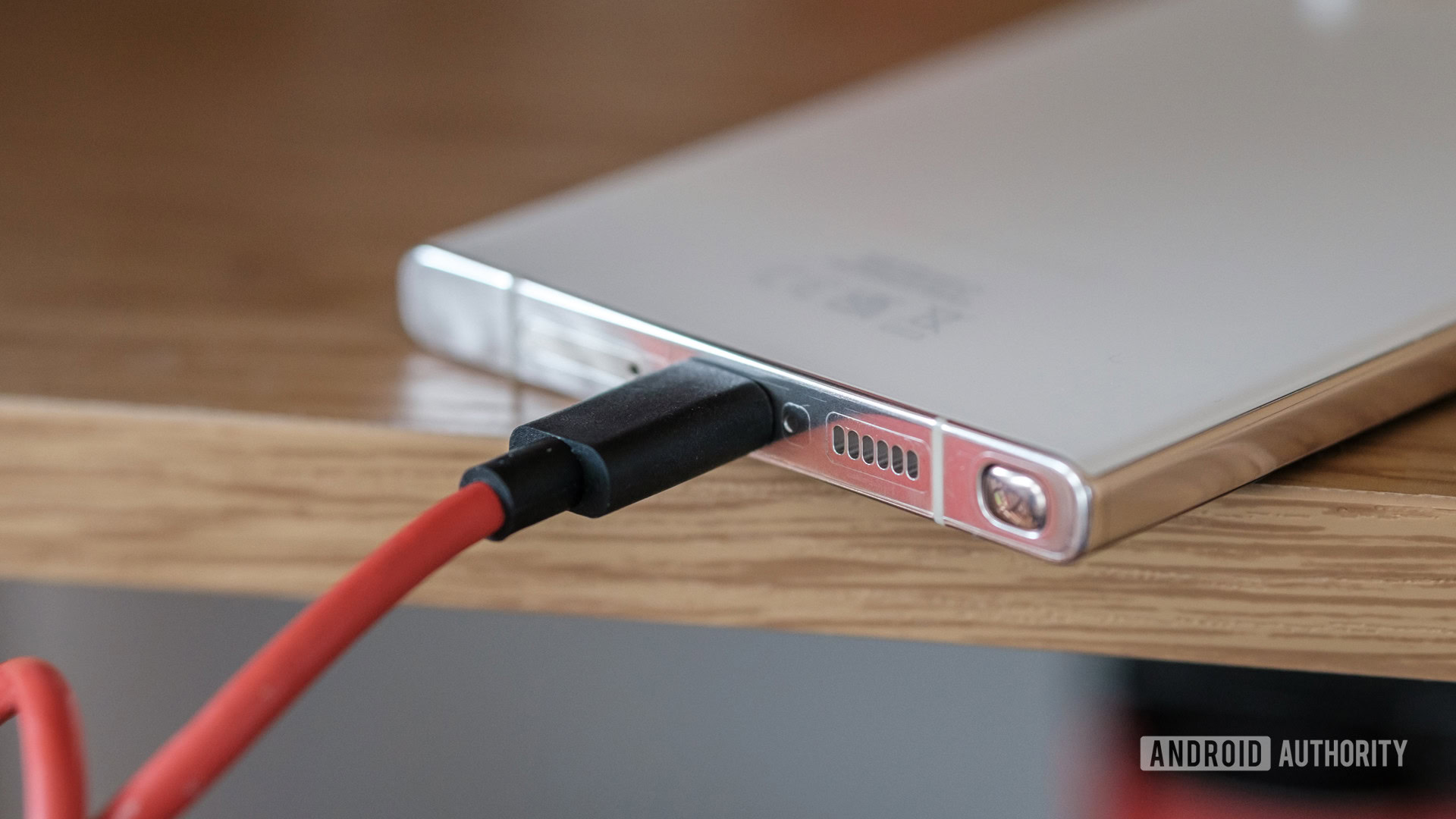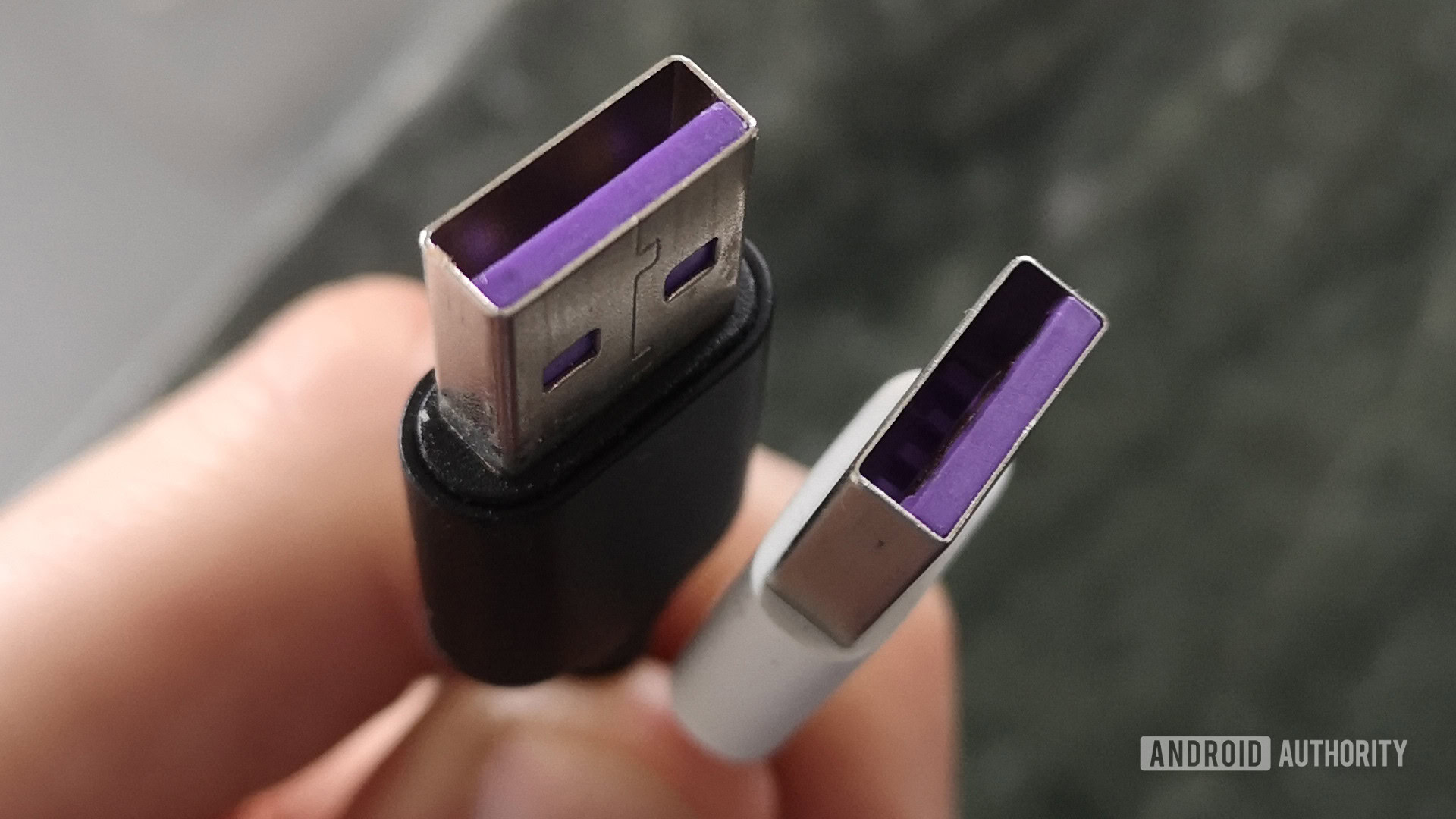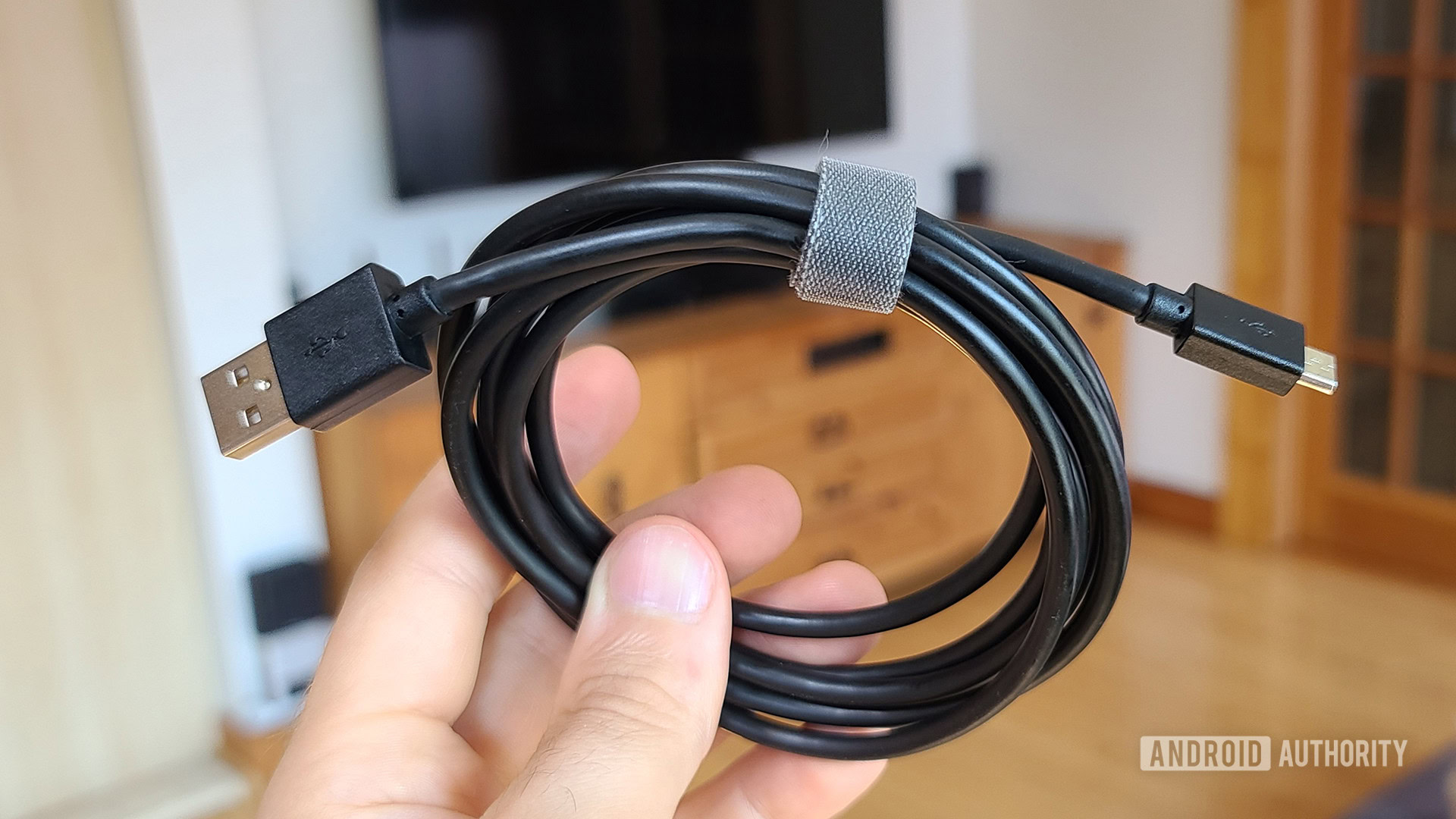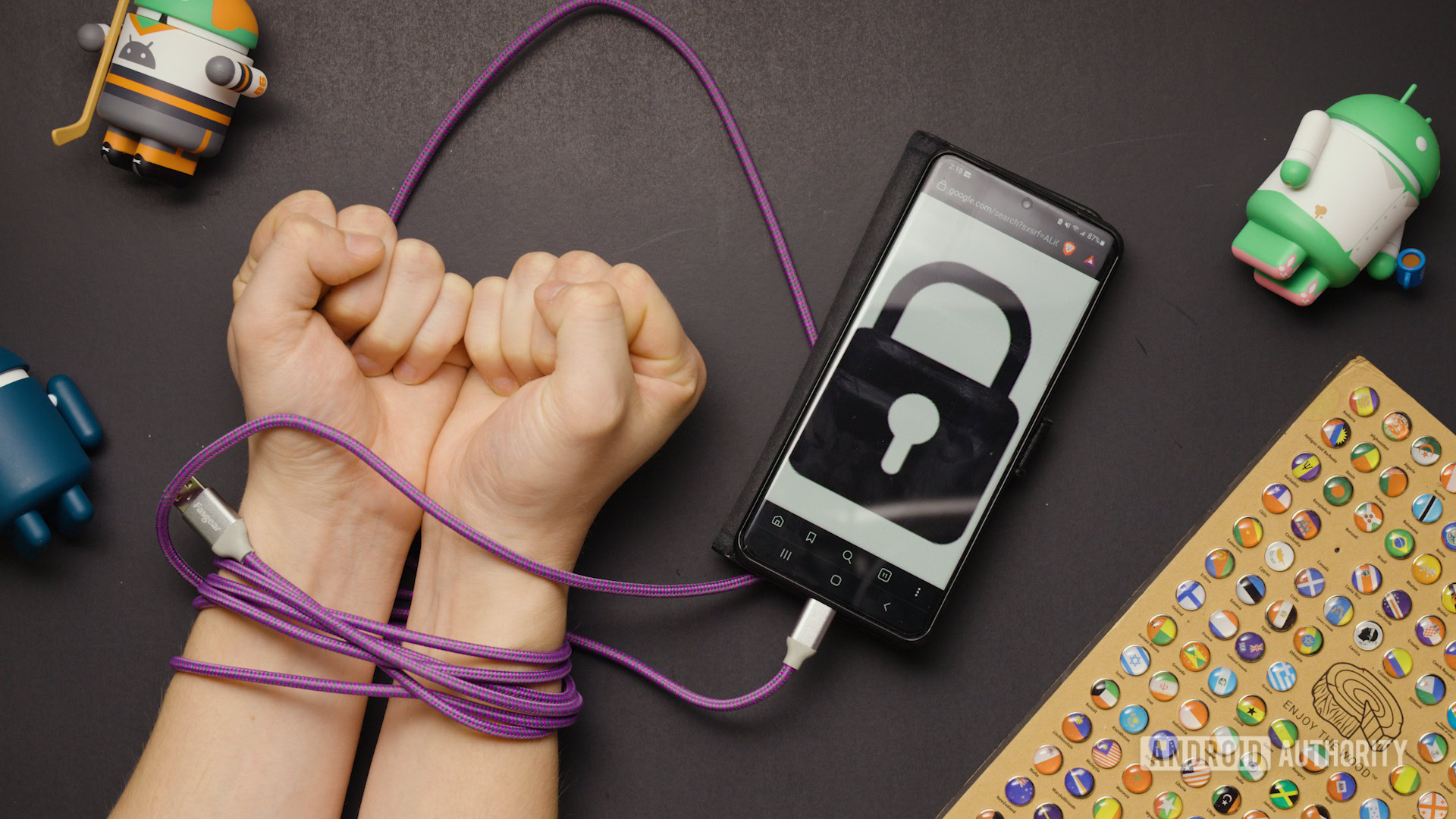Affiliate links on Android Authority may earn us a commission. Learn more.
How long can a USB cable be?

If you’re setting up a new computer or an entertainment center, you might be wondering just how long can a USB cable be. Here’s what you need to know about the maximum length of USB cables.
How long can a USB cable be?

- USB 1.1: 5 meters (16 feet)
- USB 2.0: 5 meters (16 feet)
- USB 3.0: 2-3 meters (6.5 feet – 9 feet, 10 inches)
- USB 3.1: 3 meters (9 feet, 10 inches)
- USB 3.2: 3 meters (9 feet, 10 inches)
- USB 4: 0.8 meters (31 inches)
Note that the style of connector, such as USB-A or USB-C, does not necessarily indicate its version or its maximum length.
Furthermore, many manufacturers claim to build cables to work with various USB standards, but that does not necessarily mean they do. Be wary of unusually cheap cables that claim to meet the highest-speed specifications, and look for reputable manufacturers with good reviews.
Why do USB cables have a maximum length?

As mentioned above, there are two types of USB cables: active and passive. Furthermore, there are factors to consider, including the thickness of the metal conductors in the cable. Things get even thornier if you’re using USB to send DisplayPort, HDMI, Thunderbolt, or other kinds of signals, too.
Passive USB cables, as the name implies, are just metal conductors with no special circuitry inside. That means they do not amplify any signals. As a result, the signals sent down them will weaken the longer they get. As a result, you may experience slower speeds and data loss if the cable gets too long. Thinner cables will make this signal degradation worse the longer they get, too.
Active cables have circuitry inside to amplify signals.
If you combine these factors — that is, using long, thin cables — the worse the signal degradation and chances for data loss will become. Another problem is noise from other electronic devices. Longer cable runs can increase the chances noise may overwhelm data signals. Then there are other, even more highly-technical problems like clock jitter, which start rearing their head the higher speeds and data transfer rates get.
Active cables, on the other hand, have circuitry inside to amplify signals. That means these stronger signals can travel farther without degrading. These cables are more expensive than passive cables, however. The maximum length of active cables may vary depending on the manufacturer and their amplification methods. Sometimes, active cables will come with external power supplies to accomplish this.
Is there any way to safely go beyond the maximum USB cable length?

If you use an active cable, you can usually extend USB 2.0 cables out to 30 meters (98 feet), and USB 3.0, 3.1, and 3.2 cables can reach 18 meters (59 feet). Active USB 4 cables are still being introduced at the time of writing, but they currently reach around 3 meters (9 feet, 10 inches).
Another option is using a powered USB hub. These function like active cables, but instead of being one cable, you connect the hub to a USB port and then connect the longer cables to the hub itself. That also means hubs have the same length limits as active cables. Also, you can only connect up to five hubs together in a daisy chain to most computers because they are tiered devices.
If 30 meters is too short for you, you’re not entirely out of options. Another option is using a USB to Ethernet adapter. This involves getting a USB to Ethernet adapter and sometimes software to configure the adapter, too. If you set up everything properly following the manufacturer’s instructions, USB to Ethernet can let you run connections around 100 meters (328 feet) or more. Be sure to read the fine print on USB to Ethernet adapters because some are only compatible with certain USB versions and may not reach the theoretical maximum length.
You can also use a USB to fiber optic adapter. Like a USB to Ethernet adapter, these convert a USB connection to another form, in this case, fiber optic. This allows for cable runs as long as 250 or more meters. Much like USB to Ethernet, the specifics of converting will vary depending on the adapter you choose and how it works. Plus, this option introduces the nuances of fiber optic cables, which is another complicated topic.
Frequently asked questions about maximum USB cable length
If you exceed the recommended maximum length of a passive cable, you may experience slow speeds, data loss, and other performance problems.
No. These sorts of bells and whistles won’t help you achieve a longer cable run. For passive cables, thicker conductors can help a little, but the maximum length a cable can be is based on a length that doesn’t cause slow-downs or data loss.